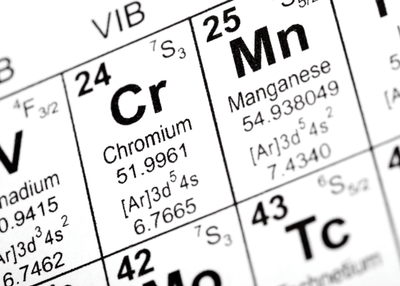Analies Dyjak | Policy Nerd
For Hydroviv’s assessment of Chattanooga, Tennessee’s drinking water quality, we collected water quality test data from the city’s Consumer Confidence Report and the U.S. Environmental Protection Agency. We cross referenced Chattanooga’s water quality data with toxicity studies in scientific and medical literature. The water filters that we sell at Hydroviv are optimized to filter out contaminants that are found in Chattanooga’s drinking water.
Where Does Chattanooga Source Its Drinking Water?
Chattanooga sources its drinking water primarily from the Tennessee River. Water is treated at the Tennessee American Water Citico Water Treatment Plant before being distributed to the 177,000 residents of Chattanooga.
Disinfection Byproducts In Chattanooga’s Drinking Water
In recent years, Chattanooga has had a major problem with disinfection byproducts or DBPs. DBPs form when the chlorine-based disinfectants that are routinely added the water supply, react with organic matter. DBPs are split into two categories; Haloacetic Acids-5 (HAA5) and Total Trihalomethanes (TTHMs). Concentrations of TTHMs averaged 70 parts per billion, but were detected as high as 89.1 parts per billion in Chattanooga water. HAA5 concentrations averaged 41.8 parts per billion and reached levels as high as 51.4 parts per billion. For a bit of perspective, the EPA set a Maximum Contaminant Level of 60 parts per billion for HAA5 and 80 parts per billion for TTHMs. While Chattanooga's water quality is technically still in compliance, these levels are definitely high. Disinfection Byproducts are a category of emerging contaminants which means they have been detected in drinking water but the risk to human health is unknown. Regulatory agencies have very little knowledge about the adverse health effects of DBPs, and their toxicity.
Lead In Chattanooga’s Drinking Water
Lead enters tap water through old lead service pipes and lead-containing plumbing. 10% of sites that were tested for lead had concentrations over 2 parts per billion. Environmental Protection Agency, Center for Disease Control, and American Academy of Pediatrics all recognize that there is no safe level of lead for children. However, this years lead levels in Chattanooga are relatively low compared to other major municipalities in the US.
It’s important to note that only a handful of contaminants are required to be included in annual Consumer Confidence Reports, and that there are hundreds of potentially harmful unregulated contaminants that aren’t accounted for. If you’re interested in learning more about water filters that have been optimized for Chattanooga’s tap water quality, feel free to visit www.hydroviv.com to talk to a Water Nerd on our live chat feature or send us an email at hello@hydroviv.com.
Other Articles We Think You Might Enjoy:Lead Contamination In Drinking Water
Disinfection Byproducts In Drinking Water: What You Need To Know



